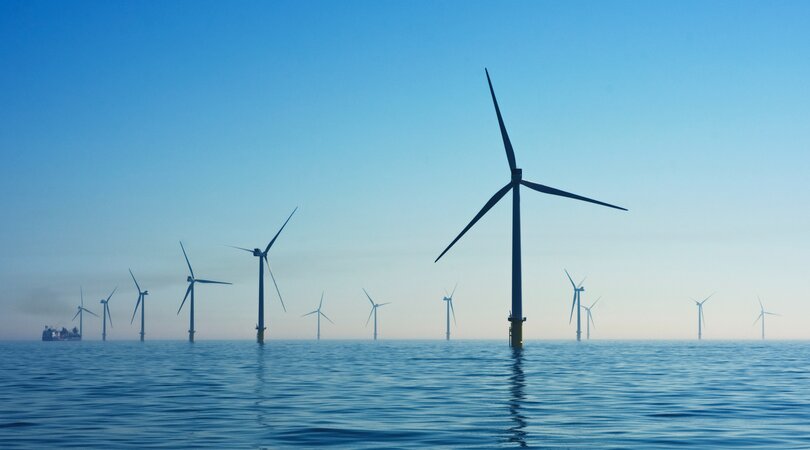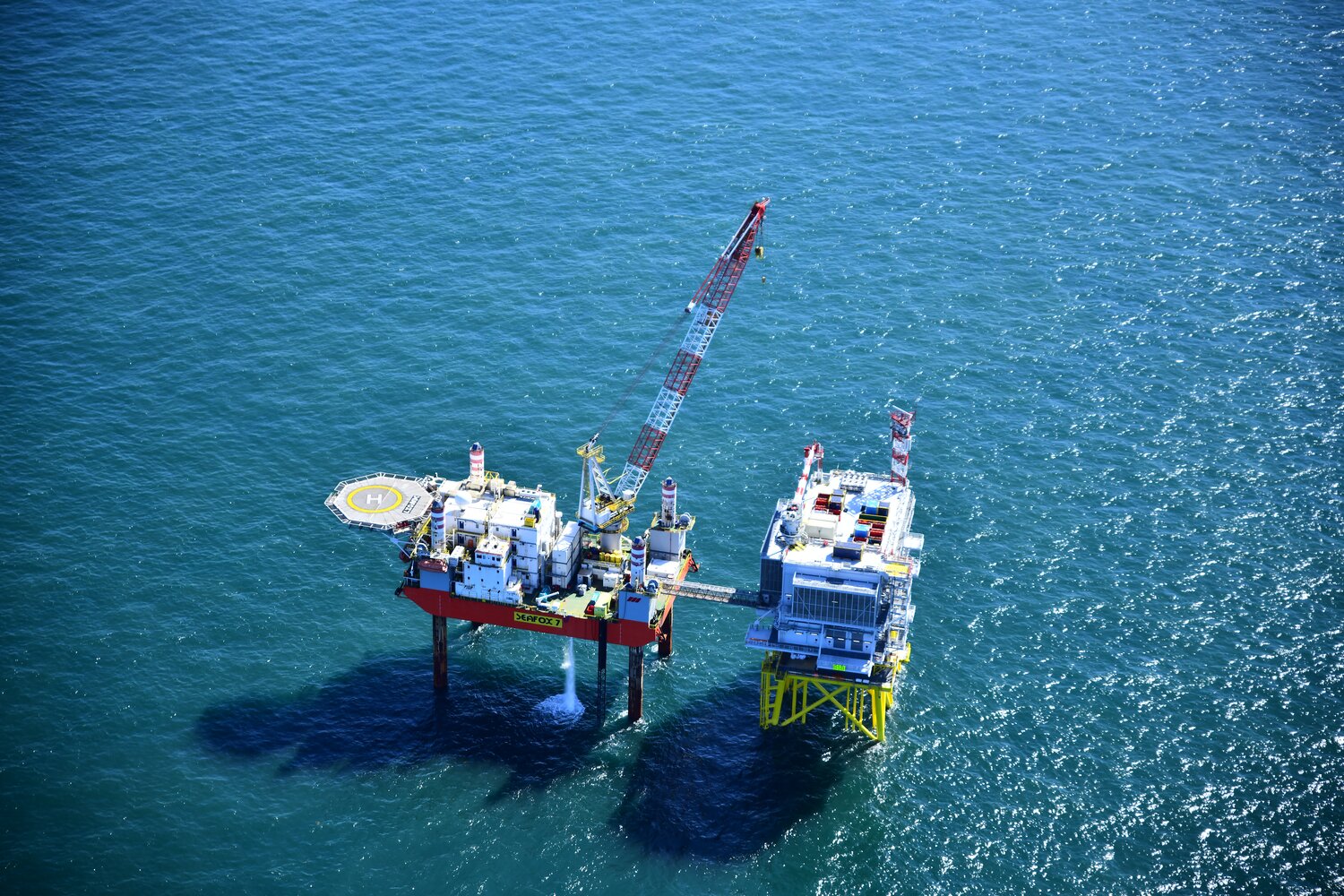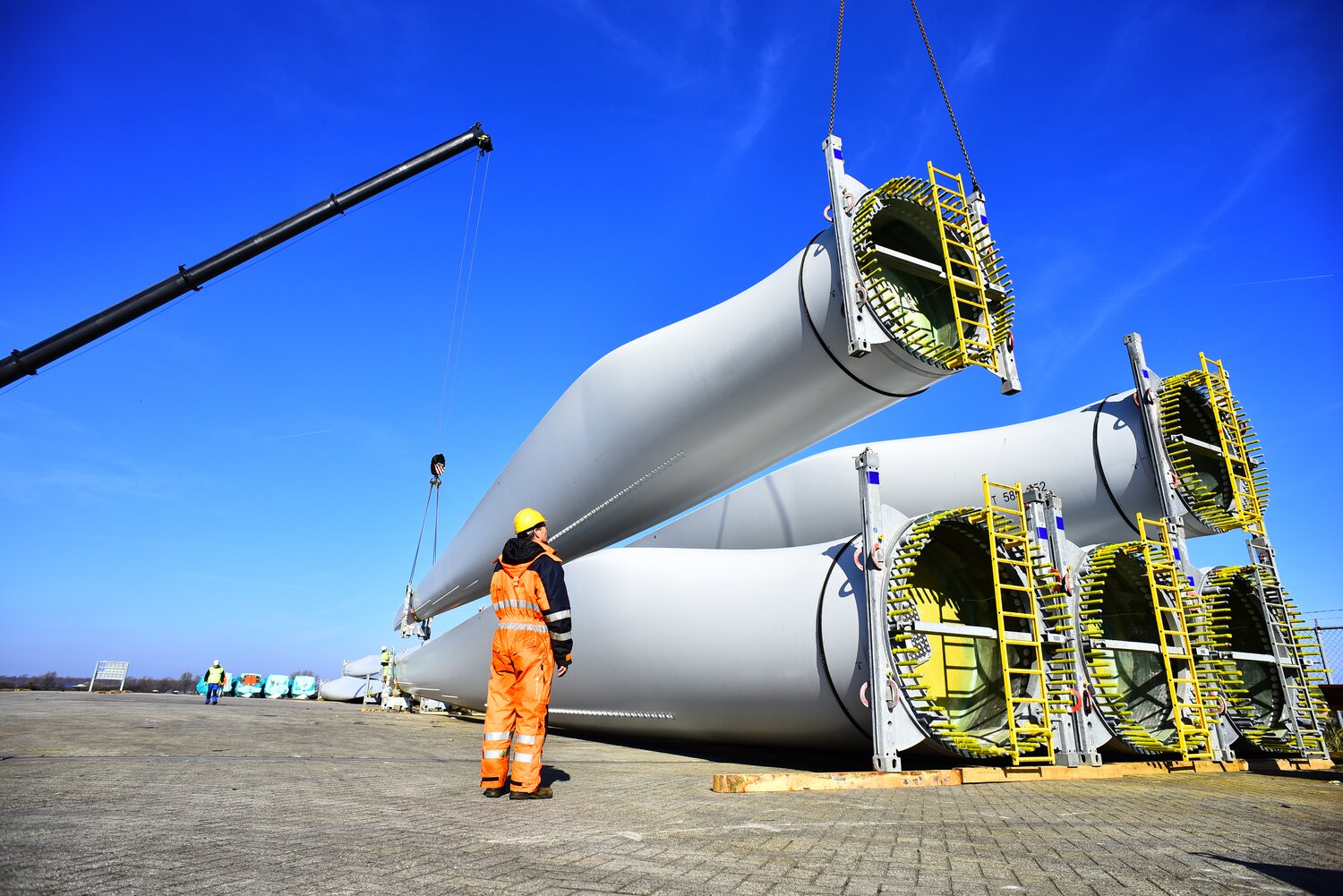Our new NorthStandard site is now live. There will be no new content or updates added to this site. For the latest information, please visit our new site north-standard.com.
A changing world accelerating offshore wind power
The drive for renewable energy is the order of the day as international and national authorities move their decarbonisation plans forward with wind power a key part of many strategies.

Economic diversification, COVID-related disruptions and a desire to reduce reliance on imported gas in the wake of the Russia-Ukraine conflict, are accelerating the shift to renewables.
Offshore wind farm energy is a fast growing part of the energy mix. But this comes with its own challenges. Is the maritime sector ready to meet these changing demands? Are the resources and infrastructure available to support the transition? How will the industry be organised in the future?
Speaking on the Standard Club's Alongside podcast, two experts in the field discussed their respective firms' involvement in supporting offshore wind project development.
A price worth paying?
Stuart Keeble, a chartered civil engineer and the commercial manager at Boskalis, a leading global dredging contractor and marine services provider to the offshore energy market, outlined how renewable logistics has seen dramatic changes in recent years.
"The inflationary environment has also been driving prices up, leading to extensive price and process adjustments", Keeble said.
He added that vessels initially heading for Russia and other countries have had to be diverted to alternate works and purposes.
Fabian Hippe, Managing Director of Menck, a German-based specialist in pile-driving technology and services for oil and gas, wind and civil engineering projects worldwide, is experiencing similar issues.
Ukraine is one of the largest producers of essential materials, such as iron ore, which has been problematic for producing crucial tools. Raw steel is a primary element of Menck products, and the conflict has led to a price hike.
Both Boskalis and Menck are involved in different aspects of the offshore installation process and often work together. One company provides the logistical support, while the other supplies equipment driving windmills into the ground.
The two experts told Alongside that the production phase is becoming expensive too. Inflation has seen output time increase and put pressure on suppliers.
"While we are talking about production of a hammer, an excess of 12 months is easy. We're now looking rather at 18 to 24 months," Keeble said.
All of these problems are occurring amid a push from investors seeking equipment and prompt returns on their expenditures. Balancing these countervailing pressures is now a primary concern for service providers and component suppliers in the maritime industry.

Winds of change
Amid supply issues and skyrocketing prices, a radical shift towards offshore energy sources is happening around the world.
"Here in the UK, we have an enormous wind resource that's been developed over the last 15, nearly 20 years," Keeble said.
Other markets are now following suit, with Europe as a global leader with downward pressure on renewable technology prices due to Chinese investments. Likewise, Japan and the US are making significant progress in offshore assets.
While this bodes well for investment opportunities, logistically, it presents a huge puzzle, according to Keeble.
Sailing vessels to support wind farm projects worldwide, and making preparations for installations set to take place years in the future, is a significant challenge considering post-pandemic circumstances and a European war.
“In a perfect world, you might argue that one group of vessels should just stay in one region and build those wind farms. But the reality is, it doesn’t work like that,” Keeble said.
Changes in scale are also a factor. Wind farms are gigantic projects, and as the demand for sustainable energy grows, size follows suit.
This isn't just the case for fixed wind projects either. As innovation within the industry advances, floating wind farms, which require a whole new operation involving towing them into the deep ocean, will soon "eclipse" traditional windfarms, Keeble said.
As far as Menck's schedule is concerned, it is now fully booked in 2024 for wind farm installation projects. It is also taking projects into 2025 and the following year with a lead time for building new equipment of around two years.
One project Menck and Boskaalis are working on is the expansion of Block Island in the US. In 2015, five turbines were installed, and now three whole wind farms are to be constructed. This is indicative of the kind of activity taking place the world over.
"We're working in Taiwan; we're working in Europe, on the world's largest wind farm to this day, which is a very massive development consisting of three different farms with 95 monopiles and foundations to be installed per farm," Hippe explained.

Global reach and interconnectivity
A significant interest in renewables is now coming from the global south. Almost anywhere which has a coastline and available wind yield, is a candidate for wind energy. Developing countries are facing pressure to decarbonise and generate more sovereign energy sources.
"The Southern Hemisphere this time is very much immature compared to the north, but that again drives a different demand and different dynamics into the global supply chain," Hippe said.
Developing countries are not initially looking to install the largest wind farms, but other imperatives for expansion spur on demand for critical products like vessels, which Boskalis provides, or pile installation equipment, as Menck offers.
A problem that arises when working on such a global scale, Hippe explained, is that regional supply chains for different countries are currently inadequate for sufficient local support.
"It's not sustainable for European contractors to always sail to the US just to do one farm and then sail back home. It's rather counterproductive," Hippe said.
The interconnected nature of different firms is as important as their international reach when it comes to installation.
Both engineering component suppliers and logistics work in cooperation with each other. According to Keeble, a vessel that takes wind farm components from shore to sea is "really just a taxi" without the hammer needed to install the structure.
This is why mutually dependent relationships are essential. Understanding how the responsibility of one firm necessarily impacts the other will be central to meeting international renewable targets.
"Companies can rush to scale up and try to seize as much of that growth as possible. But if you fail to deliver, you end up with this kind of domino effect of potential failure," added Keeble.

Supply chain challenges
A major distinction between US and European capacity is that North America's historic lead in oil and gas assets has had a countervailing impact on the infrastructure necessary for offshore projects. The bespoke technology, platforms and vessels are simply not there in sufficient quantity, Hippe explained.
This puts US projects in the exciting position of partly relying on European contractors making transatlantic voyages to install wind farms.
"We're now going into areas that have hardly any oil and gas infrastructure available in order to tap into resources, port facilities as well," Hippe said. "This includes areas where the majority of the population lives, like the East Coast of the US. It's always favourable to develop wind where people live rather than transport electricity over a long distance."
At the human-level, offshore wind farm expansion may be overdue for a revamp in its labour organisation. Wind farm projects can take many months to complete, and more of them taking place worldwide means more workers staying at sea to support projects for weeks away from home.
"We can actually accommodate different models on that. Giving flexibility to the employees would give us a headway in terms of the ambition that has been set for developments," Hippe said.
Despite the challenges, including further concerns over steel, cable production and vessel availability, Keeble remains optimistic that most projects in the pipeline globally can be completed. Planning around legislative and regulatory frameworks can also be a hurdle, but he believes this could be effectively addressed through further cooperation and international cohesiveness.
"Constructing a wind farm actually starts way before installation," Keeble explained. "The development of a wind farm now can take easily a decade or more from conception to completion. That really involves a huge amount of engineering, planning, legal financing. And these are strengths, which the UK, in particular, has in spades."
Global cooperation doesn't just offer a holistic aim for every party involved in installation projects but also facilitates international transfers of skills. Those living in countries developing wind energy in its embryonic stages can travel to Europe, the US and the UK to learn essential engineering expertise and transport them home. Advancements in one part of the world offers opportunities elsewhere, like a strong wind from afar can move many turbines.
The newly published 16-page Standard Club Offshore & Renewables Contracting Guide is now available.
Category: Offshore & Renewables

